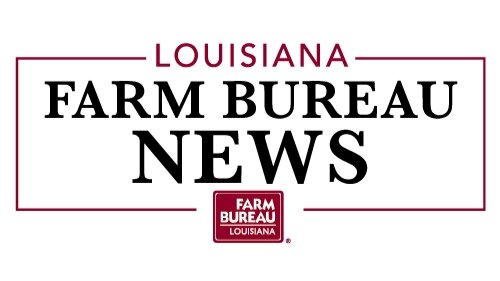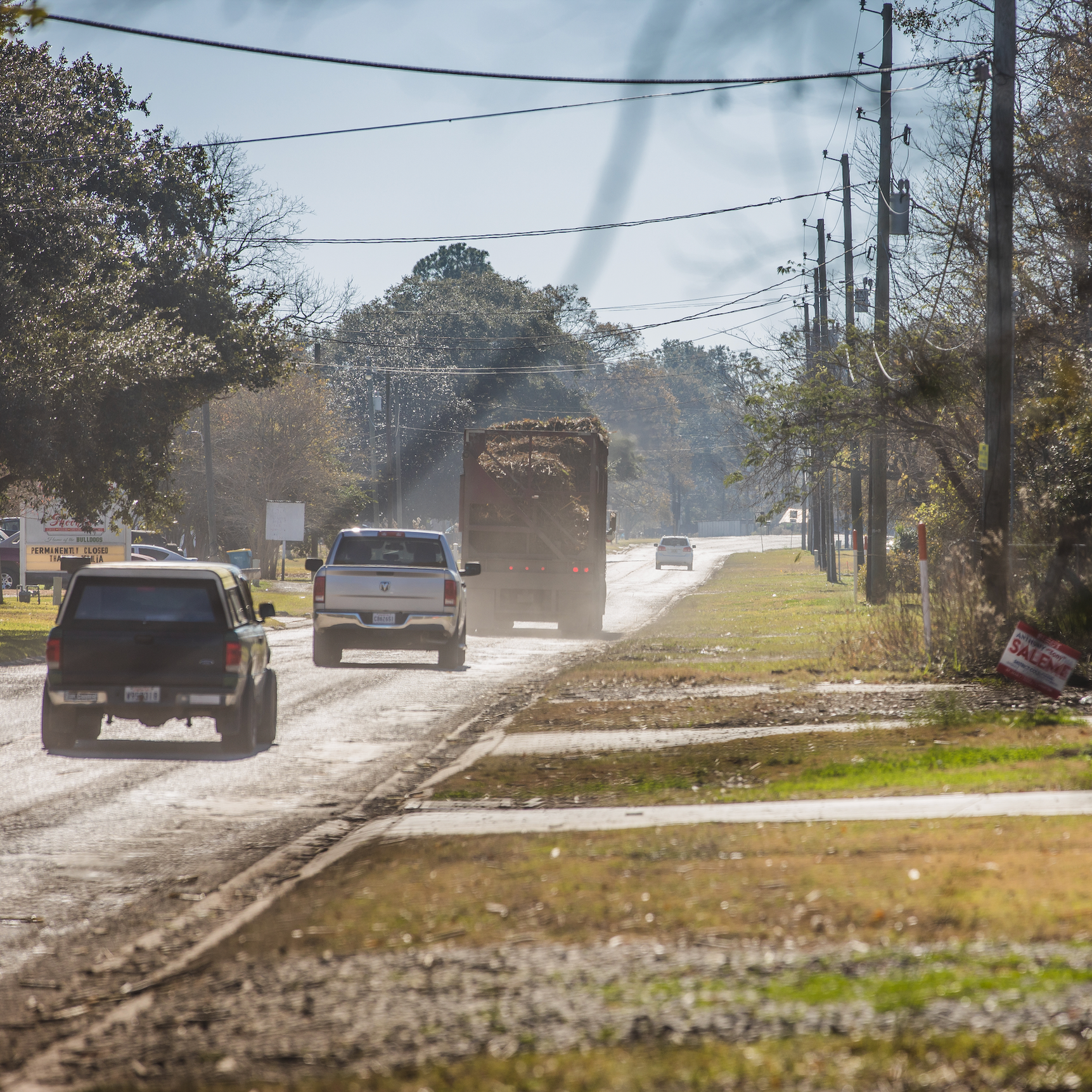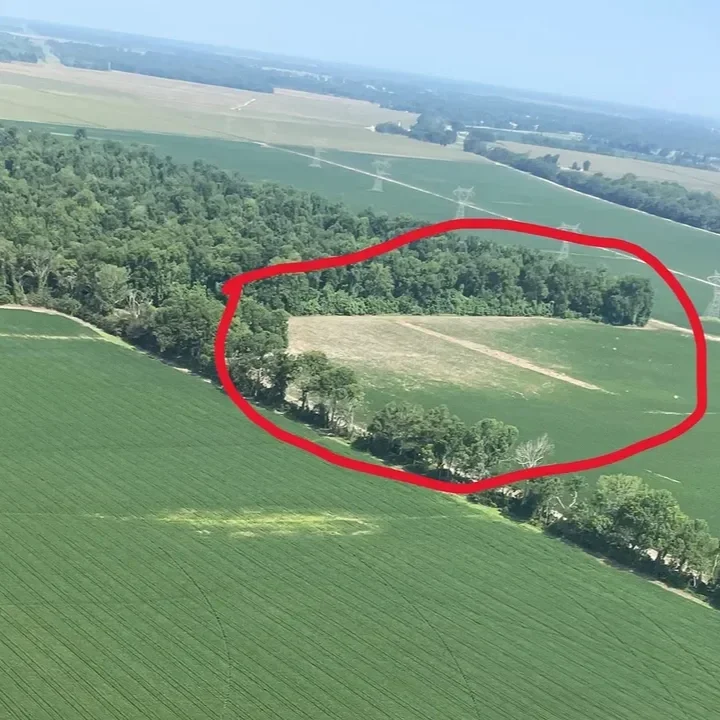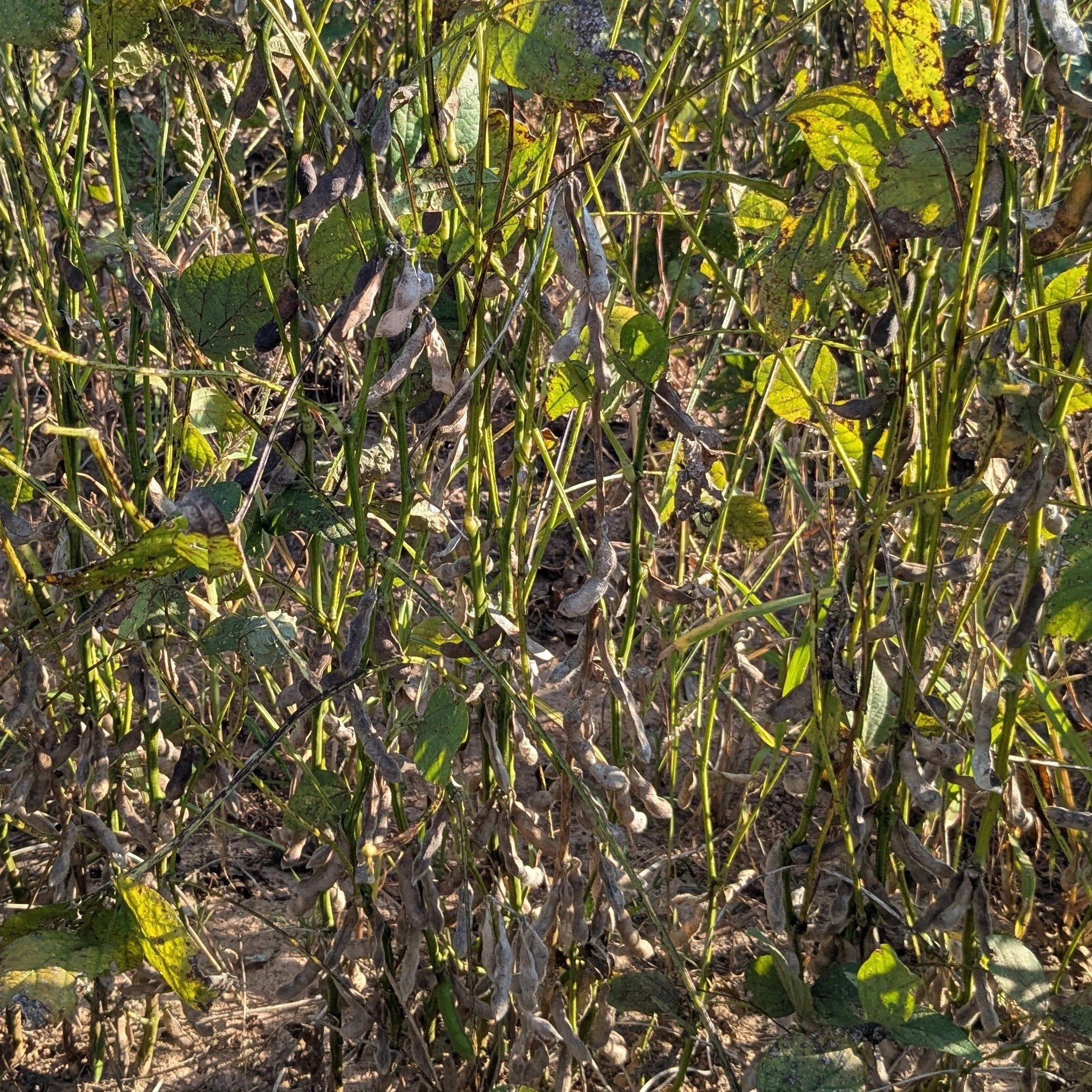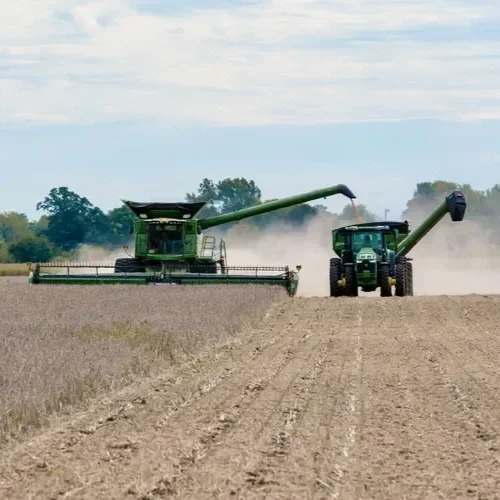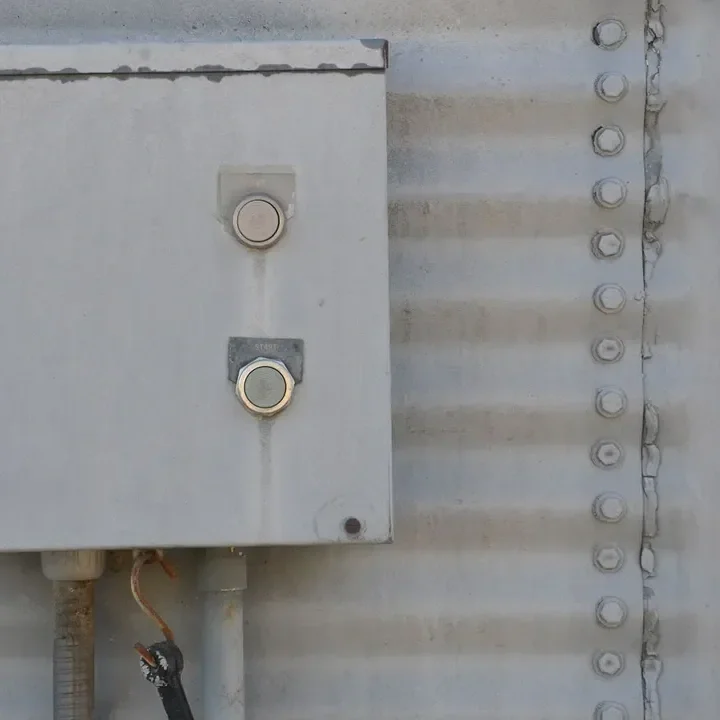Federal officials have not yet made public the list of hazardous materials present at a Tangipahoa Parish petroleum products plant that caught fire and exploded last month, saying that doing so might reveal “confidential business information.”
Read MoreThe sugarcane crop development in Louisiana shows improving crop ratings for this time of year. The percentage of the Louisiana sugarcane crop that is rated good or excellent was falling closer to the bottom of the five-year range but has rebounded quickly over the past several weeks (Figure 6). However, summer is the critical period for both crops in terms of putting on sugar content.
Read MoreA new partnership with the Fuzzy’s Taco Shop chain to promote National Rice Month (NRM) throughout September will increase consumer exposure to U.S.-grown rice and highlight the U.S.-grown difference to the restaurant’s customers.
Read MoreChinese importers kept up a hectic pace of Argentine soybean purchases after the South American supplier's move to abolish export taxes temporarily made its prices competitive, traders said on Wednesday.
Read MoreAs grinding season starts, the American Sugar Cane League and all of our mills continue to work closely with Louisiana State Police (LSP) on proactive safety initiatives.
Read MoreDeer depredation is not a new challenge for farmers across the Mississippi Delta. In 1958, the Tensas deer herd across Madison, Tensas and Franklin parishes in Louisiana experienced an “eruptive” explosion. Does outnumbered bucks by a nearly 3-1 ratio, and the population increased by 40% year over year.
Read MoreThe September 2025 issue of the Louisiana Crops Newsletter by the LSU AgCenter is now available online.
Read MoreThere have been several cases of green stem reported in mature (R8) soybean fields. A Science for Success factsheet (Understanding Green Stem in Soybeans) explains that green stem is a disorder where the stems of a soybean plant stay green after the pods have fully matured. The exact cause of green stem is unknown. However, it is generally associated with any factor that reduces pod and seed development. This is because the developing seeds are the "sinks" that draw nutrients from the plant's "sources" like the leaves and stems.
Read MoreIn the USDA Crop Progress report released on Sept. 15, 11 states reported soybean harvest. Harvest progress across those states was 5%, which is 2 percentage points ahead of the five-year average. Here’s a closer look at the states reporting soybean harvest.
Read MoreAs Hurricane Katrina dominated national headlines in the late summer of 2005, another storm, just as fierce, carved its path through the Gulf, leaving devastation that would be largely overshadowed in public memory. For many in Louisiana’s Vermilion Parish, the name Hurricane Rita evokes pain, loss, and resilience.
Read MoreThe day began in prayer before a convoy of combines rolled into the rice fields here in West Carroll Parish.
These farmers left their own work behind at the peak of harvest, not just to pray for Josh Ward, but also to show compassion and get his crop out of the field.
Read MorePurdue Extension farm safety specialist Bill Field shares alarming facts about grain bin entrapment risks. Learn essential safety tips to protect yourself and others.
Read MoreThe sugarcane harvest season is underway across Louisiana, and in St. Martinville, the Louisiana Sugarcane Cooperative is already grinding cane around the clock. John Hebert, agricultural manager with the cooperative, said this year’s crop is shaping up in line with 2024, even as some differences are already showing in the fields.
Read MoreClose to half of all U.S. corn, soybeans and wheat exports move through the Mississippi River system, making it one of the most important export corridors in the world. Over the past five years, an average of 65 million metric tons of bulk agricultural product traveled by barge to terminals near New Orleans, where shipments were loaded onto ocean vessels bound for global customers. This inland waterway remains the most cost-effective way to connect Midwestern farms to foreign markets, ensuring U.S. agriculture can compete on price and reliability.
Read MoreHurricane Gabrielle is still a 'major' hurricane (Category 3), tracking from west-to-east across the subtropicval Atlantic. While Gabrielle is expected to weaken over the coming days, the NHC forecast has Gabrielle reaching the Azores late Thursday or Friday as a hurricane.
Read More